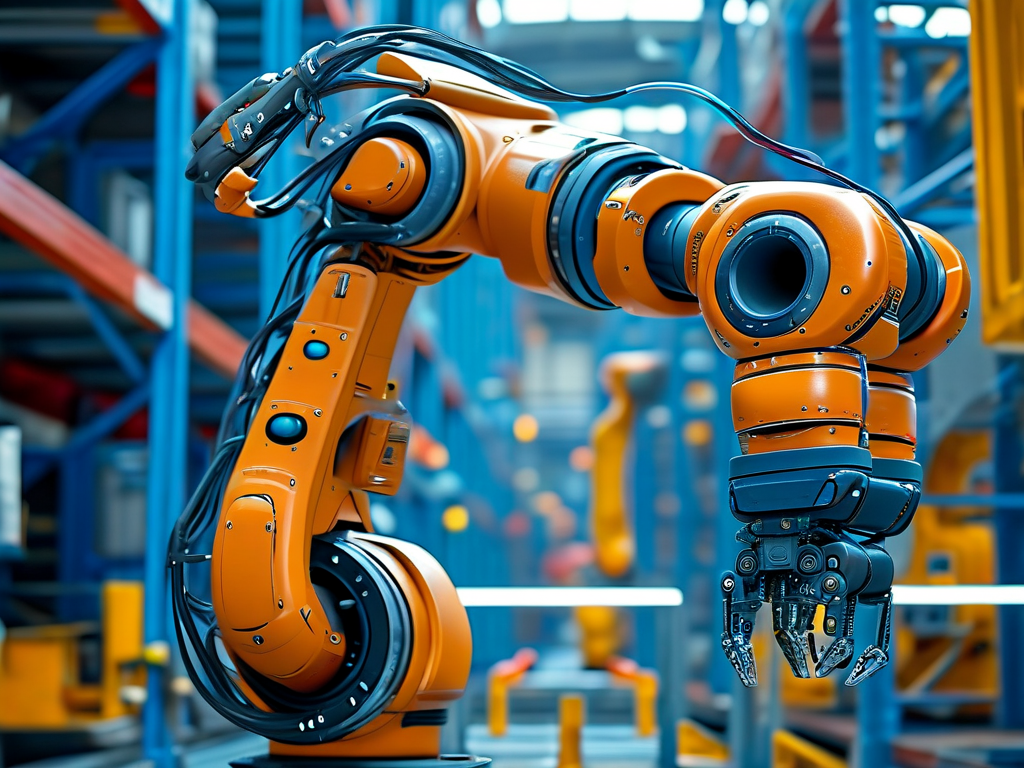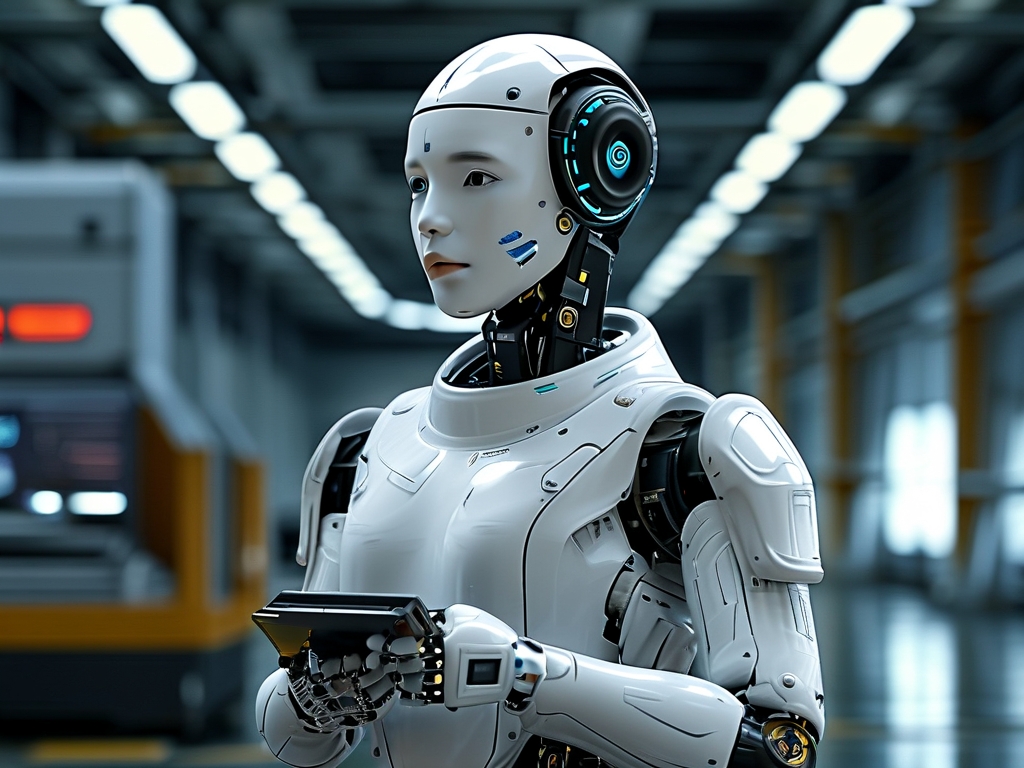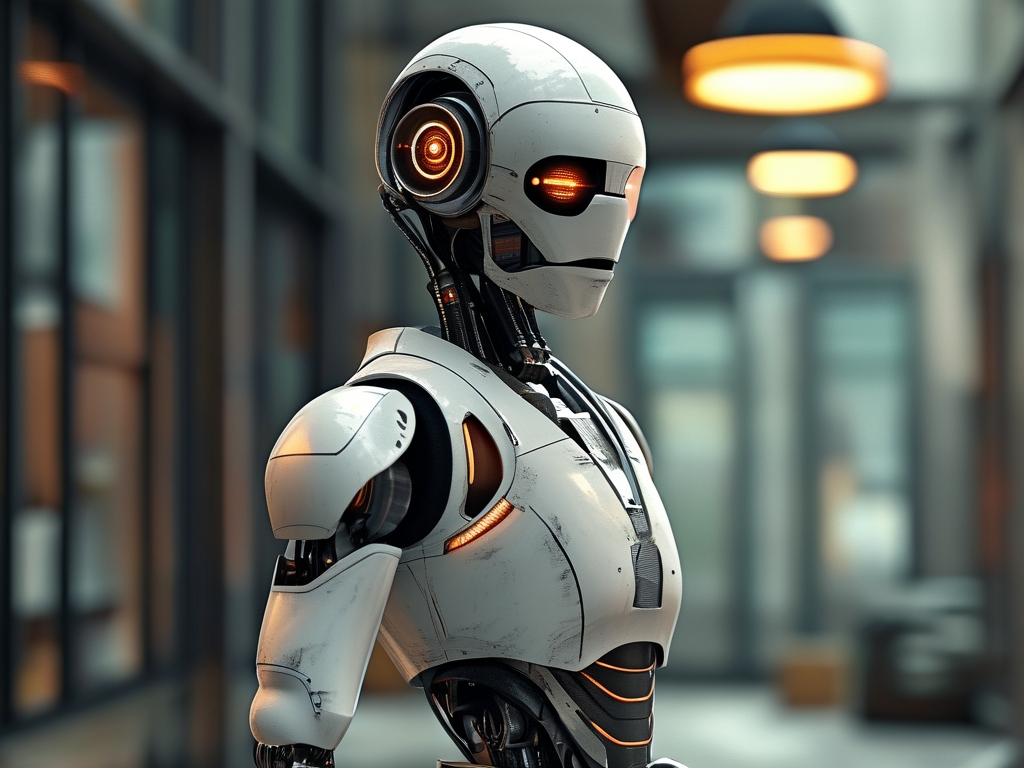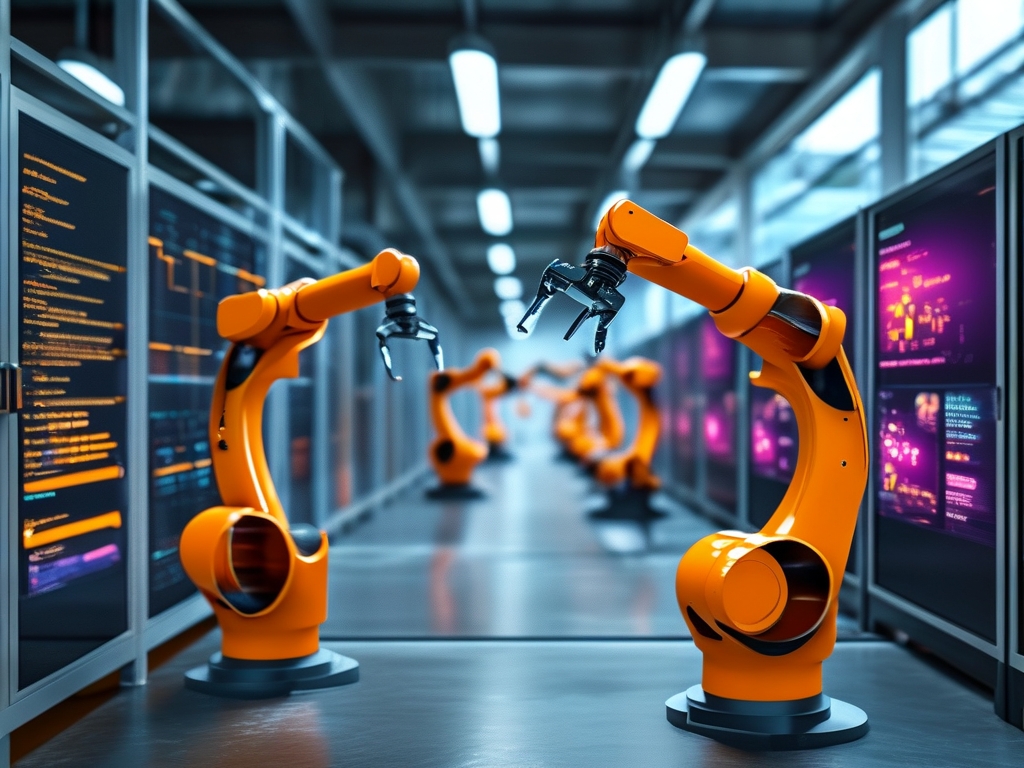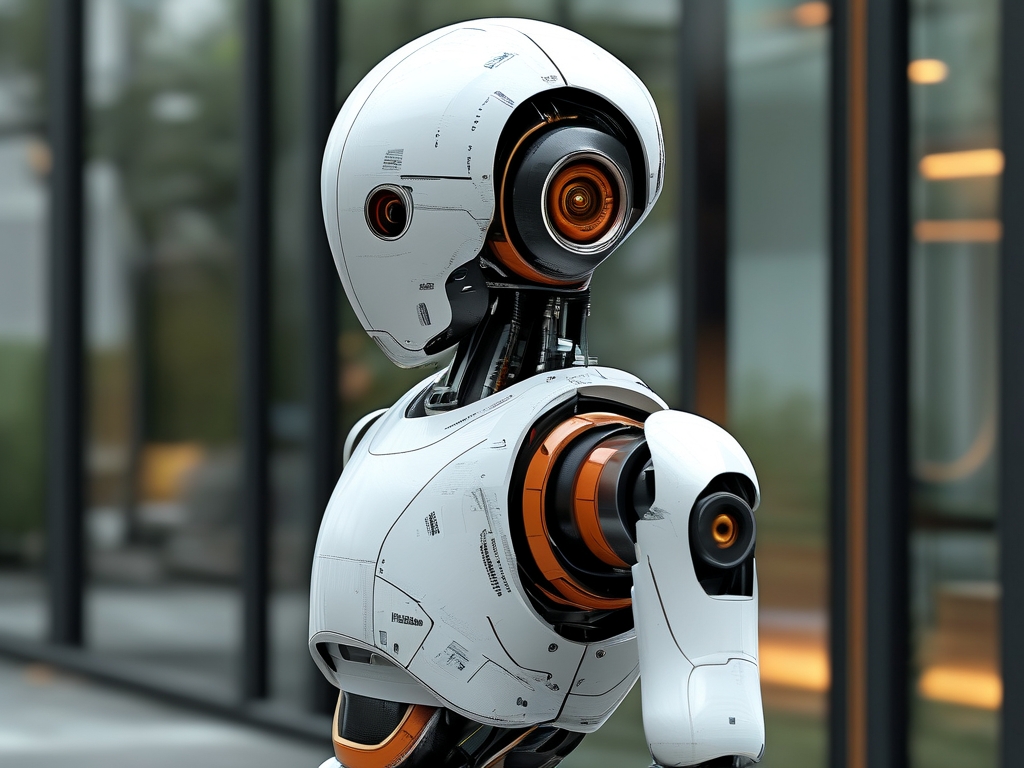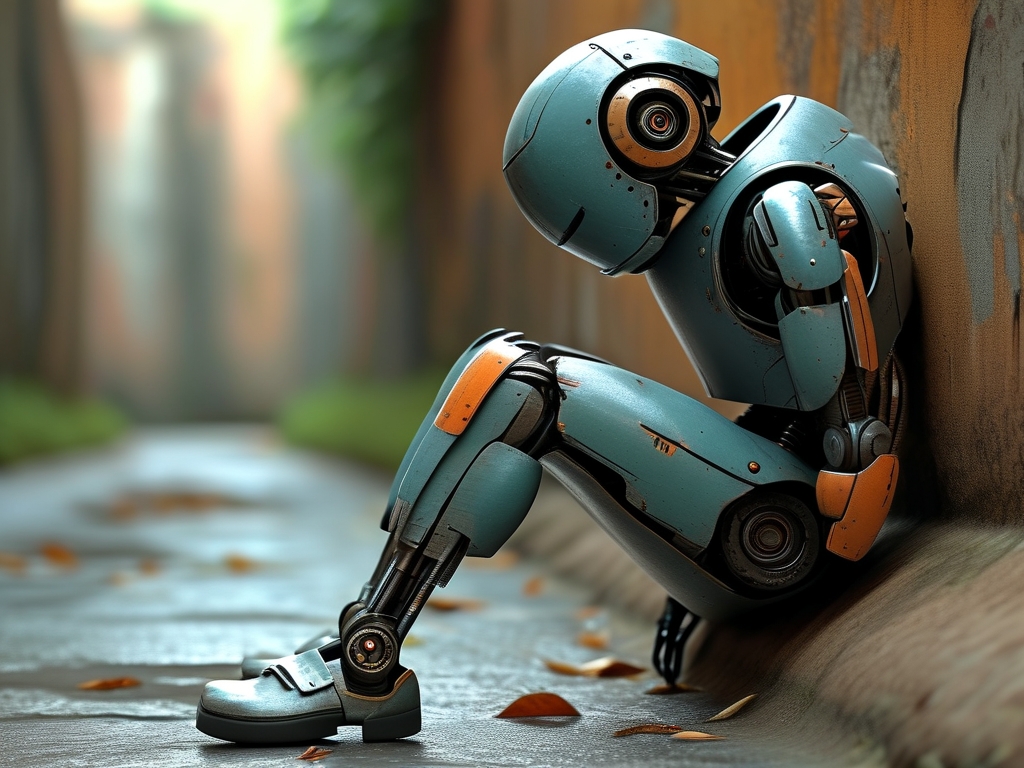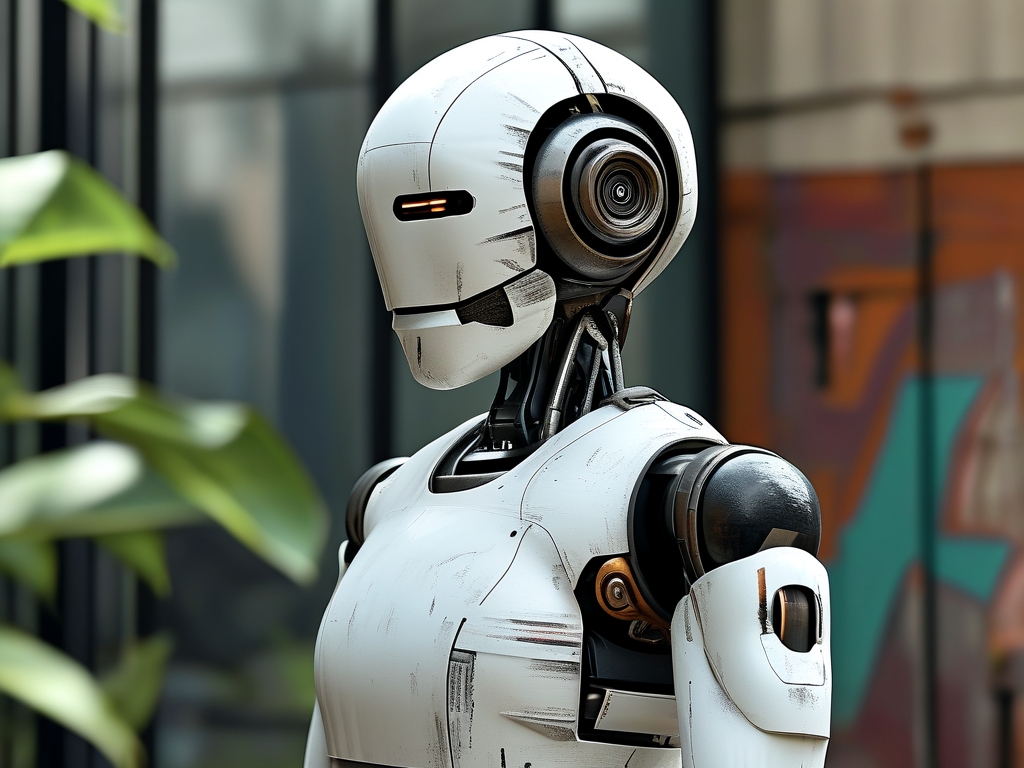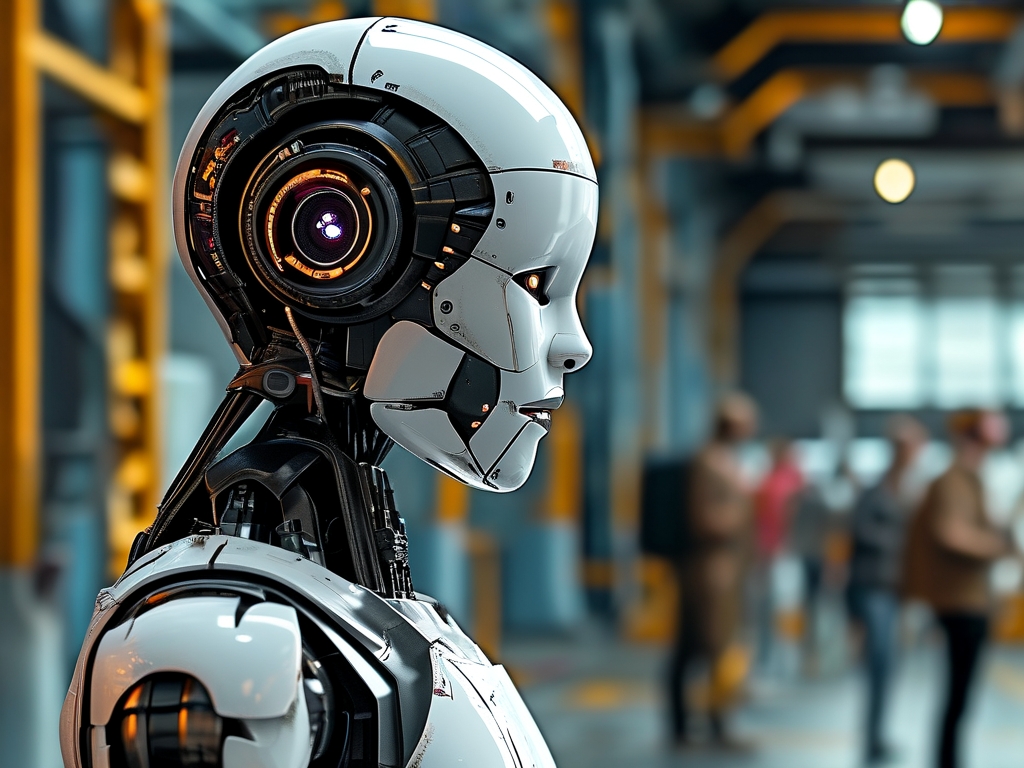In an era where artificial intelligence (AI) and robotics are reshaping industries, Huaqin Technology has emerged as a trailblazer in the development of humanoid robots. Combining cutting-edge AI algorithms, advanced mechanical engineering, and seamless human-machine interaction, the company’s humanoid robots are redefining the boundaries of automation. This article explores Huaqin Technology’s innovations, their societal implications, and the transformative potential of humanoid robots in sectors ranging from healthcare to manufacturing.
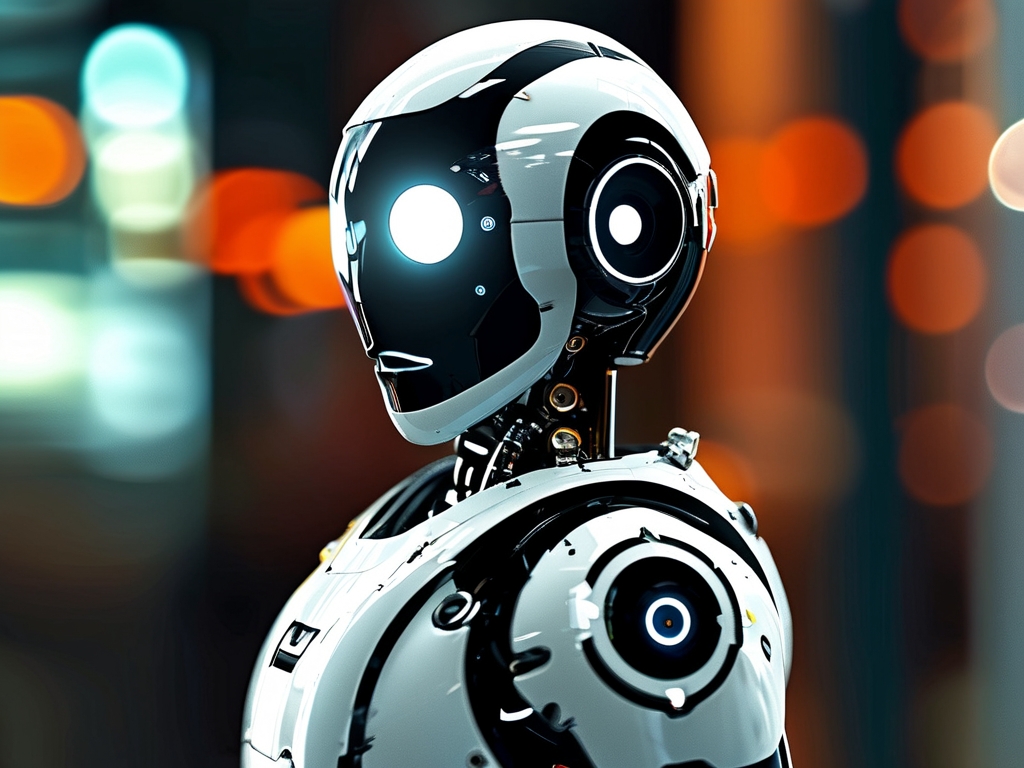
The Vision Behind Huaqin Technology’s Humanoid Robots
Huaqin Technology, a global leader in intelligent hardware solutions, entered the humanoid robotics space with a clear mission: to create machines that mimic human capabilities while enhancing efficiency and safety. Unlike traditional industrial robots confined to repetitive tasks, Huaqin’s humanoid robots are designed to operate in dynamic environments, adapt to unpredictable scenarios, and collaborate with humans. Their flagship model, the HQ-3000, exemplifies this vision. Equipped with multimodal sensors, real-time decision-making algorithms, and lifelike motor functions, the HQ-3000 can perform complex tasks such as assisting in surgeries, managing warehouse logistics, and even providing customer service.
Breakthrough Technologies Driving Innovation
-
AI-Powered Cognitive Systems:
Huaqin’s robots leverage deep learning frameworks to process visual, auditory, and tactile data. For instance, their proprietary neural network, “SynapseX,” enables robots to recognize facial expressions, interpret voice commands in noisy environments, and learn from interactions. This adaptability allows the HQ-3000 to evolve its skills over time, reducing the need for manual reprogramming. -
Biomechanical Engineering:
Mimicking human dexterity remains one of the biggest challenges in robotics. Huaqin addressed this by developing hybrid actuators that combine hydraulic precision with electric efficiency. The result is a robot capable of delicate tasks like threading a needle or lifting heavy objects without compromising agility. -
Human-Robot Interaction (HRI):
Safety and intuitiveness are critical in shared workspaces. Huaqin’s robots use force-feedback systems and predictive collision avoidance to operate safely alongside humans. Additionally, their natural language processing (NLP) interface supports over 50 languages, making the robots accessible to diverse populations.
Applications Across Industries
-
Healthcare:
In hospitals, Huaqin’s robots assist surgeons by providing real-time data during operations, sterilizing equipment, and transporting supplies. During the COVID-19 pandemic, they were deployed to deliver meals and medication in isolation wards, minimizing infection risks. -
Manufacturing:
Automobile factories using HQ-3000 robots report a 40% reduction in assembly line errors. These robots excel in quality control, using computer vision to detect microscopic defects in components. -
Retail and Hospitality:
From guiding shoppers in malls to serving meals in restaurants, Huaqin’s robots enhance customer experiences while reducing labor costs. A hotel chain in Japan reported a 30% increase in guest satisfaction after introducing robot concierges. -
Disaster Response:
Equipped with thermal imaging and gas sensors, Huaqin’s robots have been tested in search-and-rescue missions, navigating collapsed buildings to locate survivors.
Ethical and Economic Considerations
While the benefits are immense, the rise of humanoid robots raises ethical questions. Job displacement remains a concern, particularly in sectors reliant on low-skilled labor. Huaqin advocates for a “collaborative automation” model, where robots handle dangerous or monotonous tasks, freeing humans for creative roles. The company also invests in retraining programs for displaced workers.
Privacy is another issue. Robots collecting data in homes or workplaces could be misused. Huaqin addresses this through end-to-end encryption and strict compliance with global data protection laws like GDPR.
The Road Ahead
Huaqin Technology aims to launch consumer-grade humanoid robots by 2026, targeting households for elderly care and childcare. Partnerships with universities are underway to refine emotional AI, enabling robots to detect stress or loneliness in users.
However, challenges persist. Battery life, cost reduction, and public trust are hurdles. Huaqin’s R&D team is experimenting with solid-state batteries and modular designs to lower production expenses.
Huaqin Technology’s humanoid robots represent more than a technological marvel—they symbolize a shift toward a future where humans and machines coexist synergistically. By prioritizing adaptability, safety, and ethical responsibility, Huaqin is not just building robots; it’s crafting a blueprint for the next industrial revolution. As these machines become ubiquitous, society must navigate the opportunities and challenges they bring, ensuring that innovation serves humanity’s collective progress.


